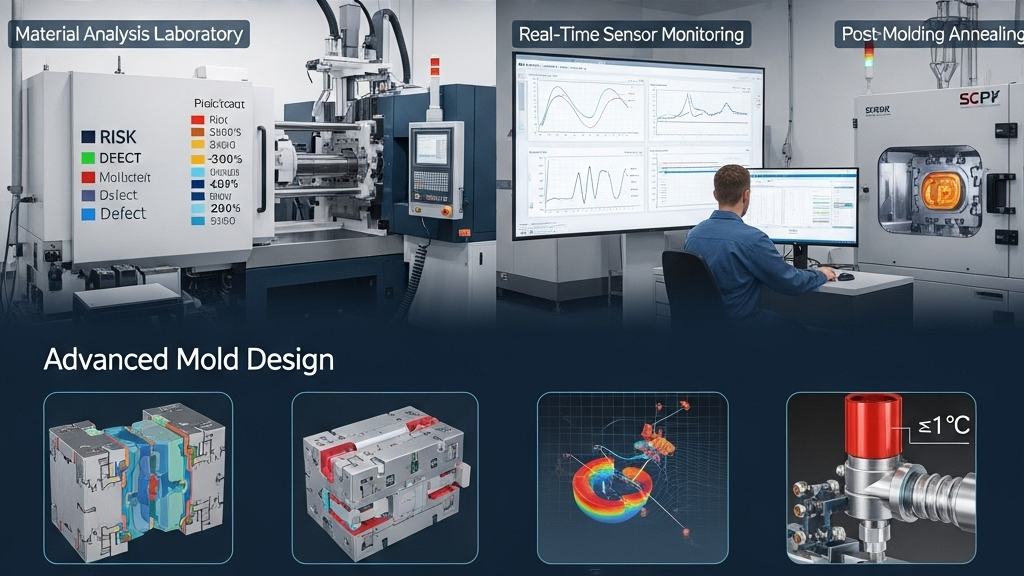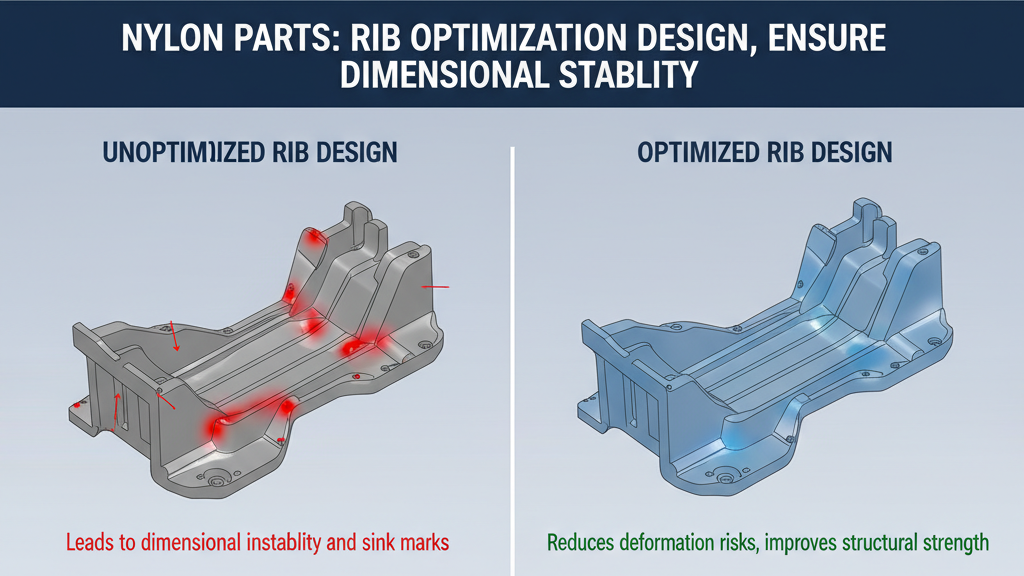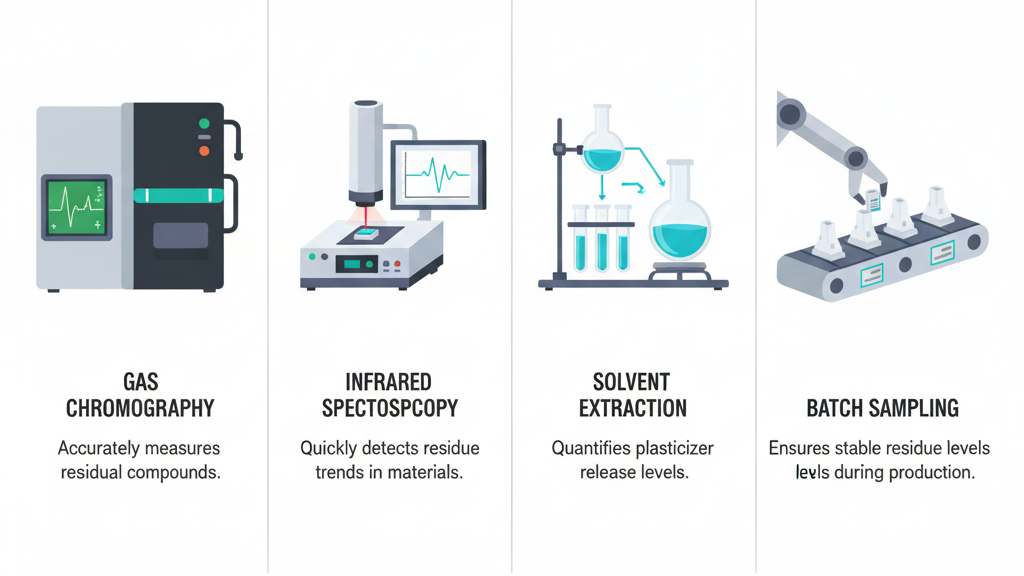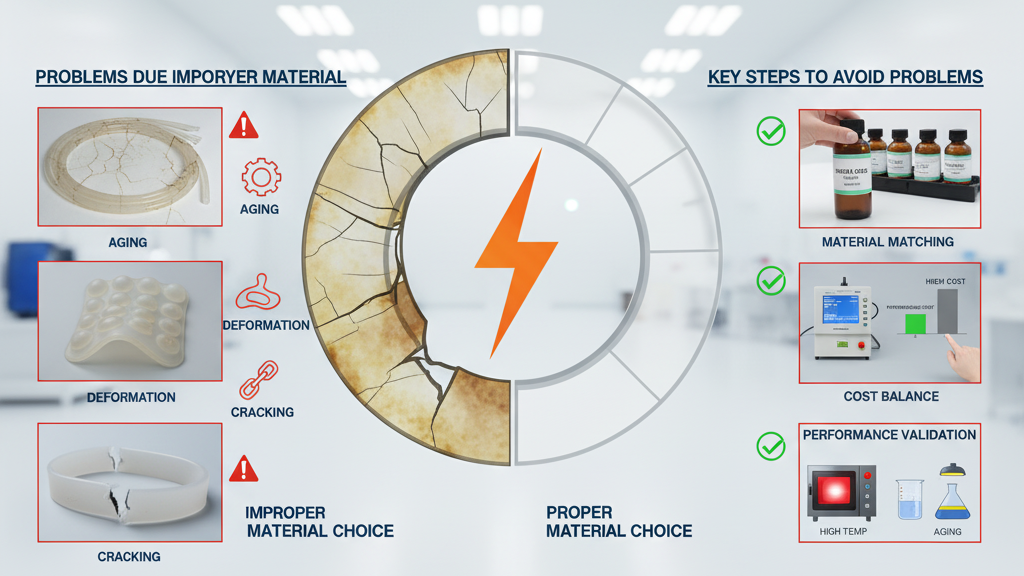Introduction

Insert molding plays a crucial role in LDPE overmolding, combining the softness of LDPE with structural reinforcement from inserts. This process not only improves durability but also provides greater design freedom for products. It is especially valuable in industries such as consumer electronics, medical devices, and automotive parts.
During production, the flexibility of LDPE and its firm bonding with inserts determine overall performance. By optimizing mold design and injection parameters, issues like delamination or uneven coating can be effectively avoided. This approach allows manufacturers to reduce assembly costs while strengthening their competitive edge.
How Can Insert Molding Ensure Firm Bonding in LDPE Overmolding?
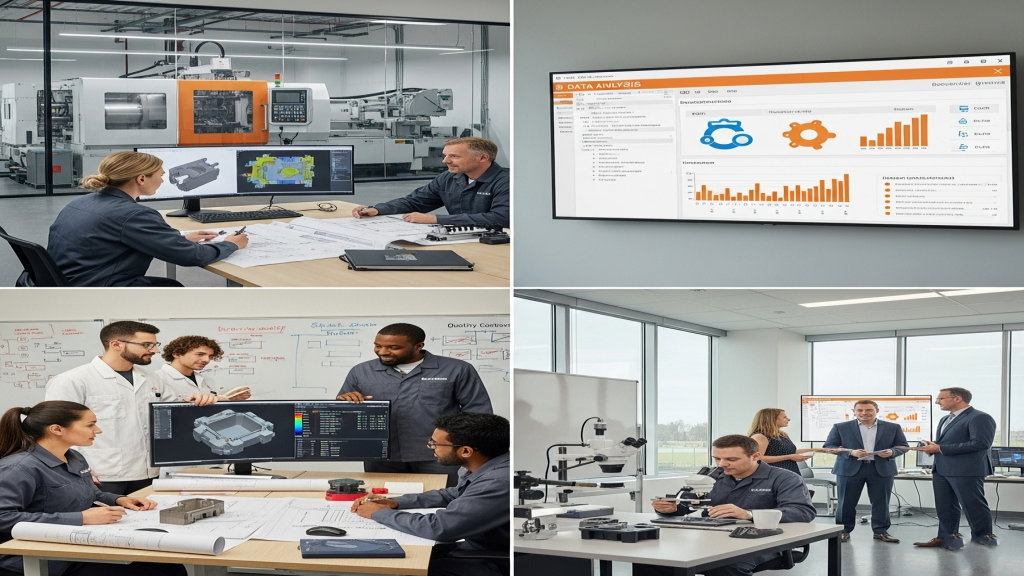
In insert molding, LDPE’s soft characteristics require careful control of temperature and pressure to secure bonding with the rigid insert. Improper handling can result in delamination or surface defects that reduce service life. Optimized process control and material adjustment are key to achieving consistent bonding performance.
- Mold Design Optimization: Well-structured cavities improve uniform bonding surfaces.
- Material Selection: Modified LDPE grades increase adhesion.
- Process Parameter Control: Precise temperature and pressure adjustments prevent delamination.
- Surface Treatment: Roughening or coating the insert enhances bonding strength.
😊 Firm bonding relies on both process precision and material selection
What Are the Main Processing Challenges in LDPE Overmolding?

Due to its low melting point and flexibility, LDPE often faces risks of deformation, shrinkage, and warpage during molding. When process stability is lacking, the final product appearance and dimensional accuracy suffer. Manufacturers commonly address these issues through precise cooling and optimized filling control.
- Cooling Design: Optimized cooling channels reduce deformation.
- Filling Uniformity: Balanced flow prevents warpage.
- Mold Venting: Eliminates trapped gases and surface defects.
- Cycle Efficiency: Process adjustments improve production speed.
🔧 Managing processing challenges ensures stable mass production results
How Can LDPE Overmolded Parts Improve Appearance and Function?
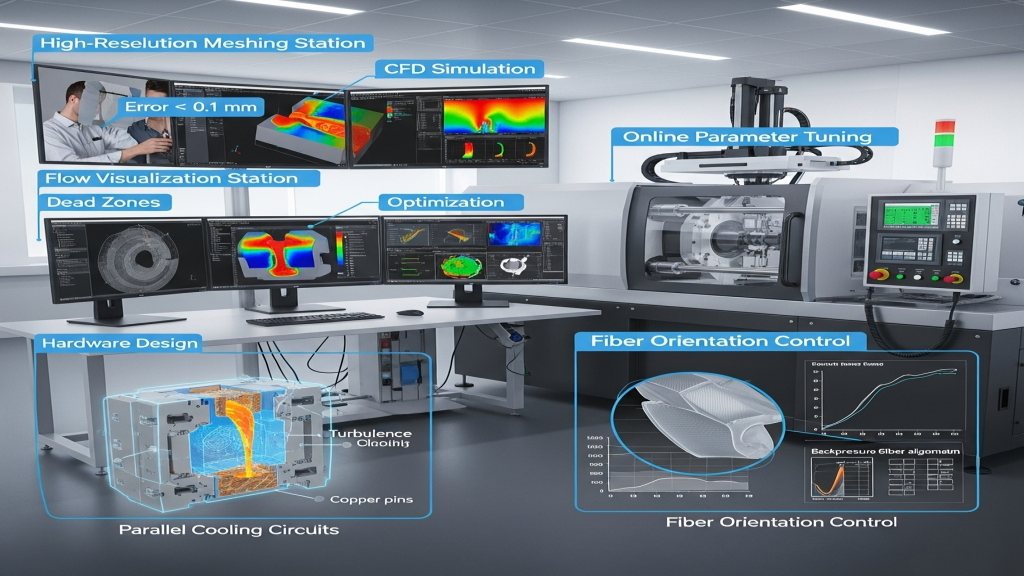
In real applications, LDPE overmolded parts must offer both a soft, comfortable touch and premium visual appeal. Surface texturing and dual-color molding enhance both aesthetics and usability. This dual improvement elevates user experience while expanding commercial potential.
- Surface Texture: Mold etching provides customized finishes.
- Two-Shot Molding: Combines materials for advanced design.
- Precision Alignment: Ensures accurate bonding with inserts.
- Functional Additives: Special formulas add anti-slip or abrasion resistance.
✨ Enhanced appearance and function unlock premium product opportunities
Comparative Overview of LDPE Insert Overmolding
| Process Option | Bonding Strength | Visual Quality | Cost Level | Mass Consistency |
|---|---|---|---|---|
| Standard LDPE Molding | Medium | Average | Low | Poor |
| Modified LDPE Overmold | Good | Good | Medium | Good |
| Insert + LDPE Overmold | Excellent | Excellent | Mid-High | Excellent |
| Dual-Color LDPE | Excellent | Premium | High | Good |
Explore tailored solutions for your industry needs—reach out today at contact us for expert technical support!
Industry Value of LDPE Overmolding
LDPE overmolding is widely applied across automotive, electronics, consumer goods, and healthcare sectors, offering flexibility and comfort to enhance user experience. With insert molding, manufacturers can merge aesthetics and performance to deliver higher-value products.
1.Automotive: Steering wheel grips and interior trim parts.
2.Consumer Electronics: Earphones, remotes, and handheld devices.
3.Medical Devices: Instrument handles and flexible connectors.
4.Sporting Goods: Anti-slip grips and flexible casings.
Conclusion
The combination of insert molding and LDPE overmolding resolves structural and aesthetic limitations of traditional parts while enabling broader cross-industry applications. This technology allows manufacturers to stay cost-efficient while offering differentiated competitive advantages. It is more than just process refinement—it is a gateway to product innovation.
For expert assistance in implementing for your production needs, visit our resource center or contact us. Let’s help you scale up your manufacturing with precision and efficiency!

